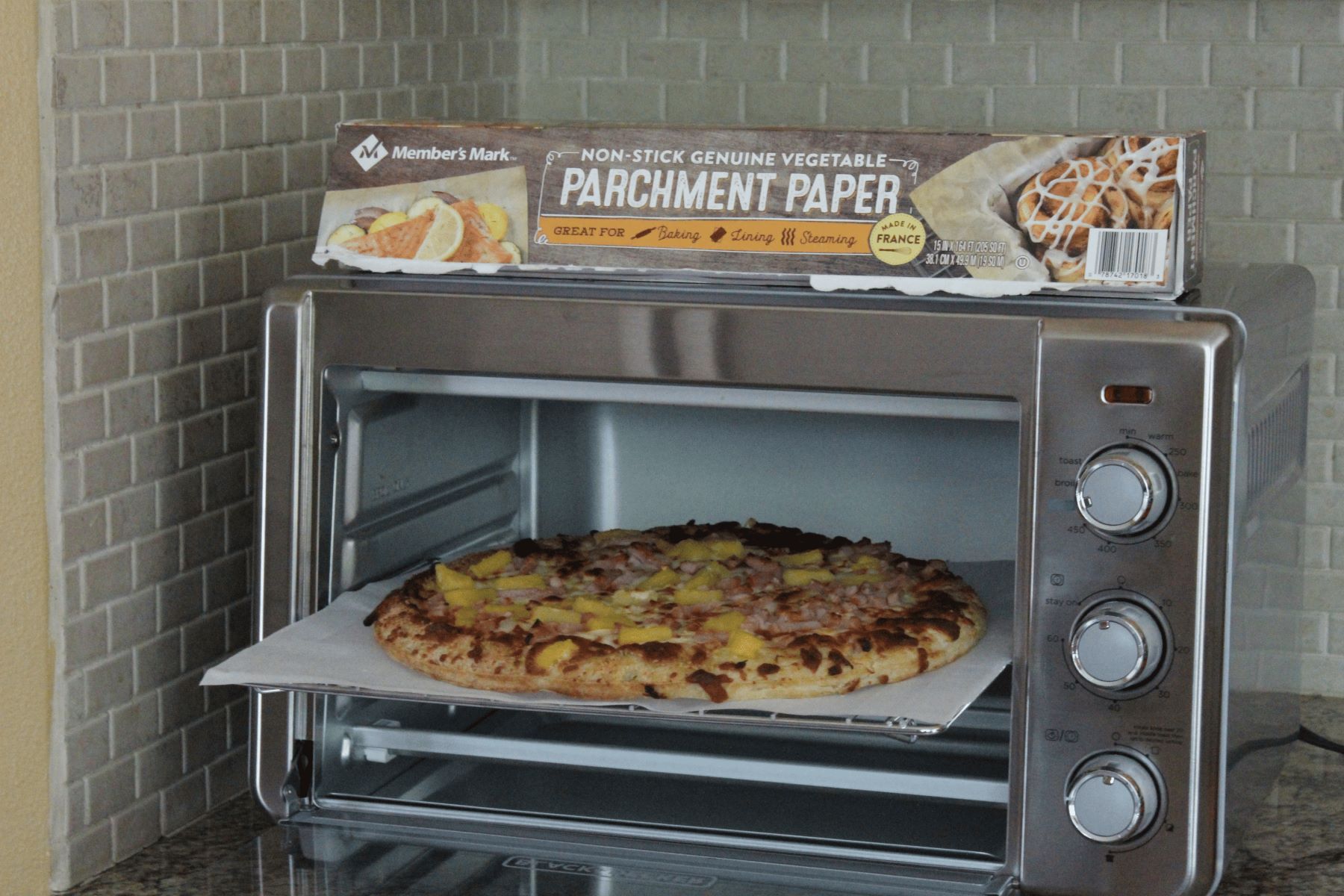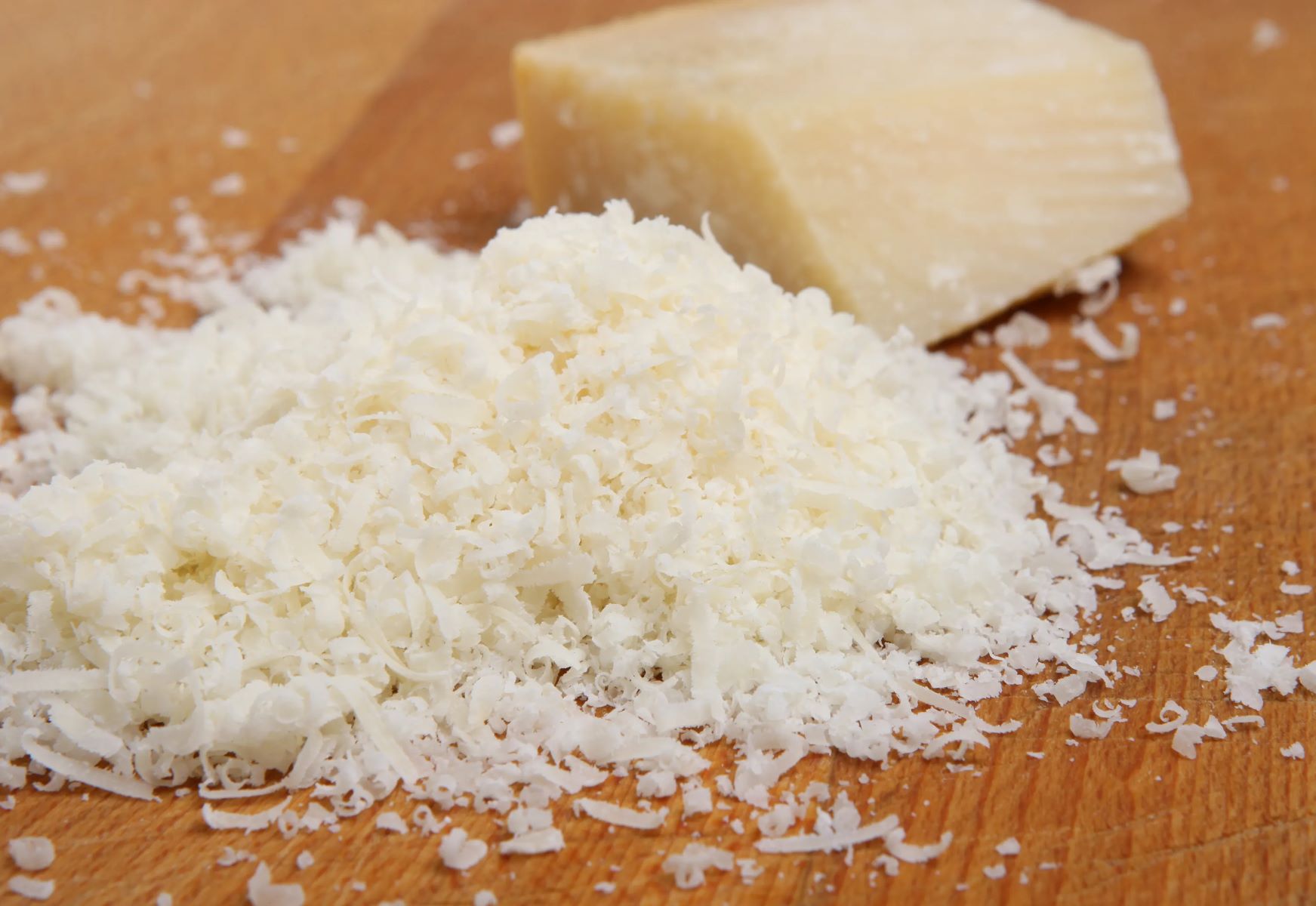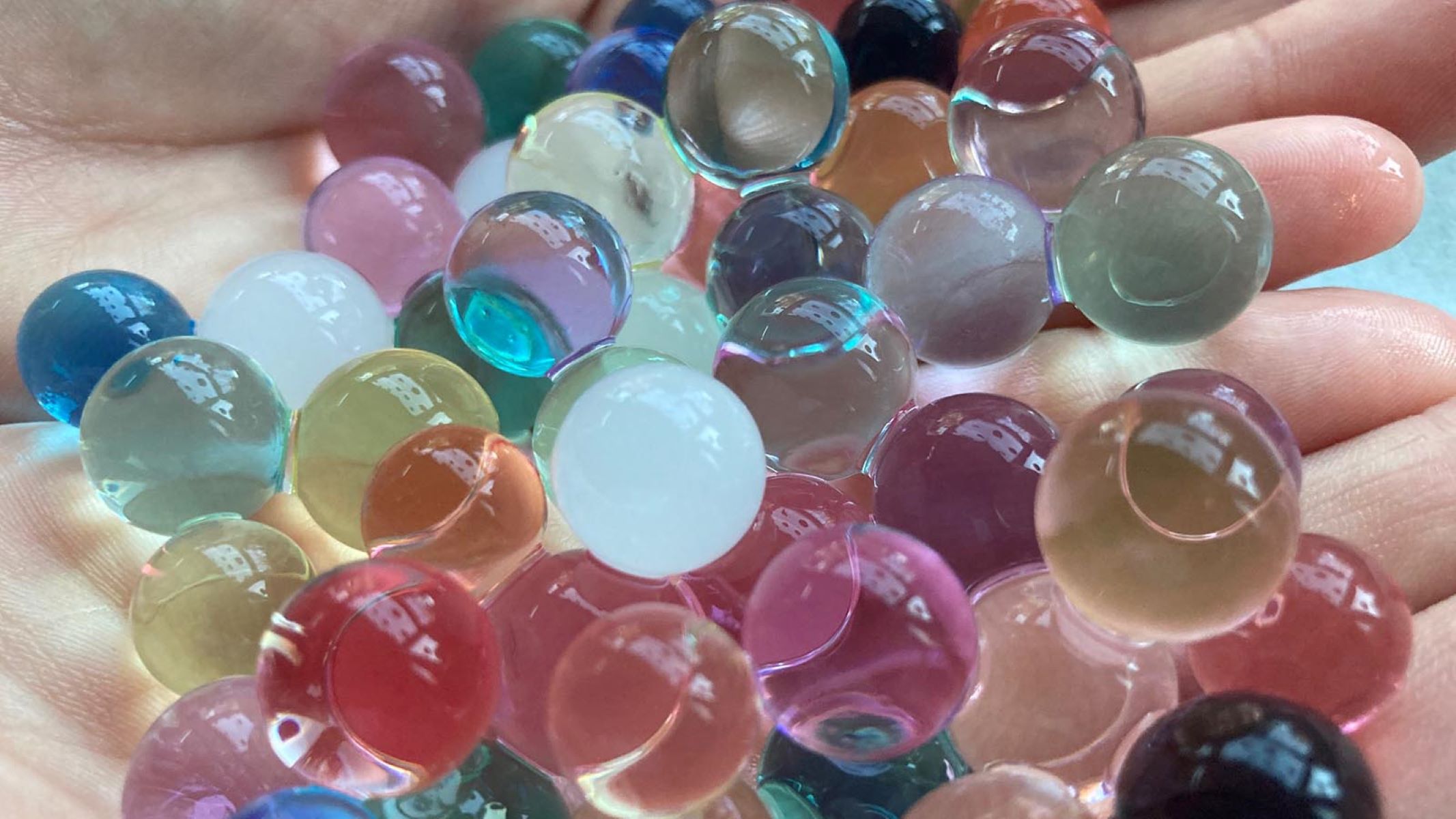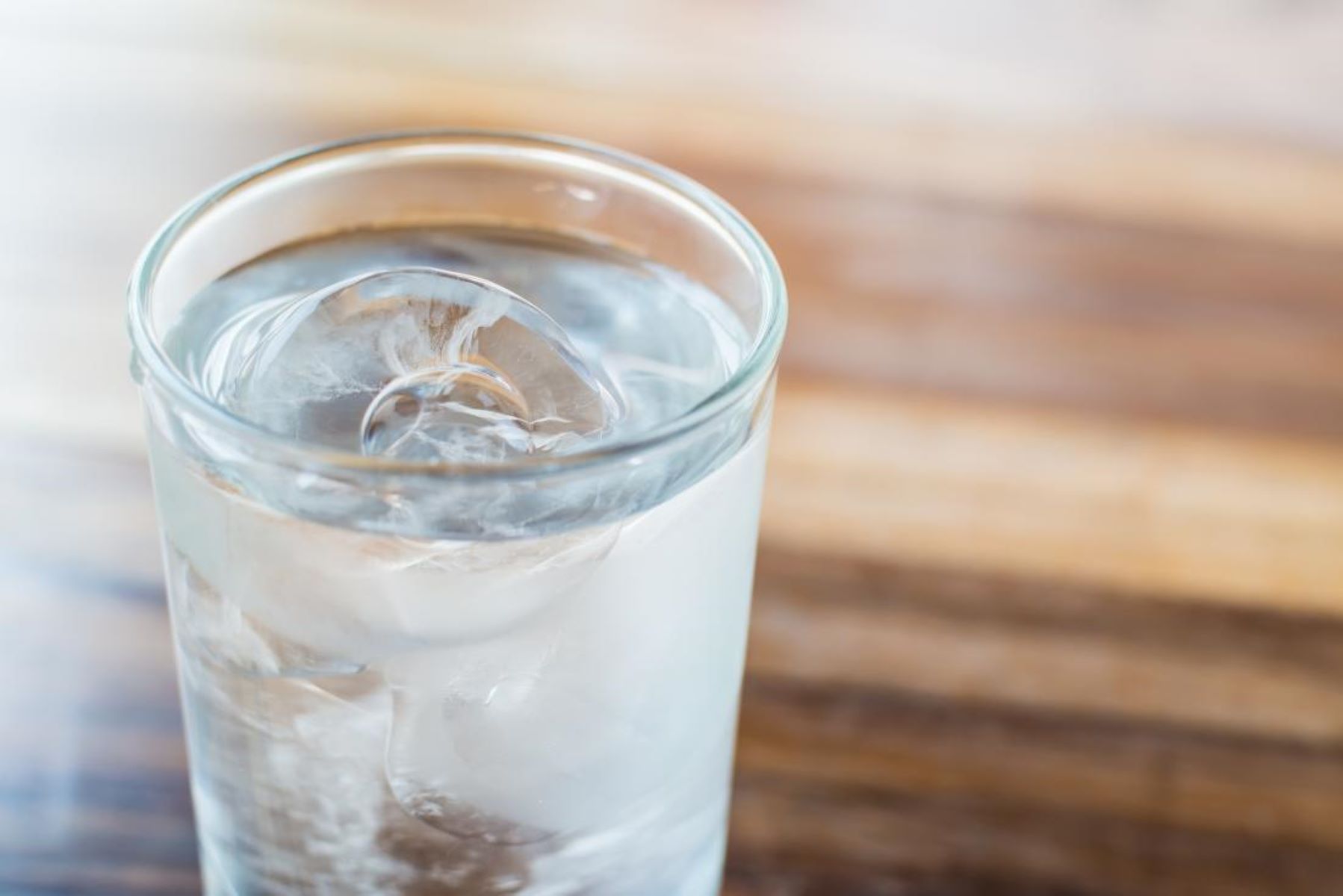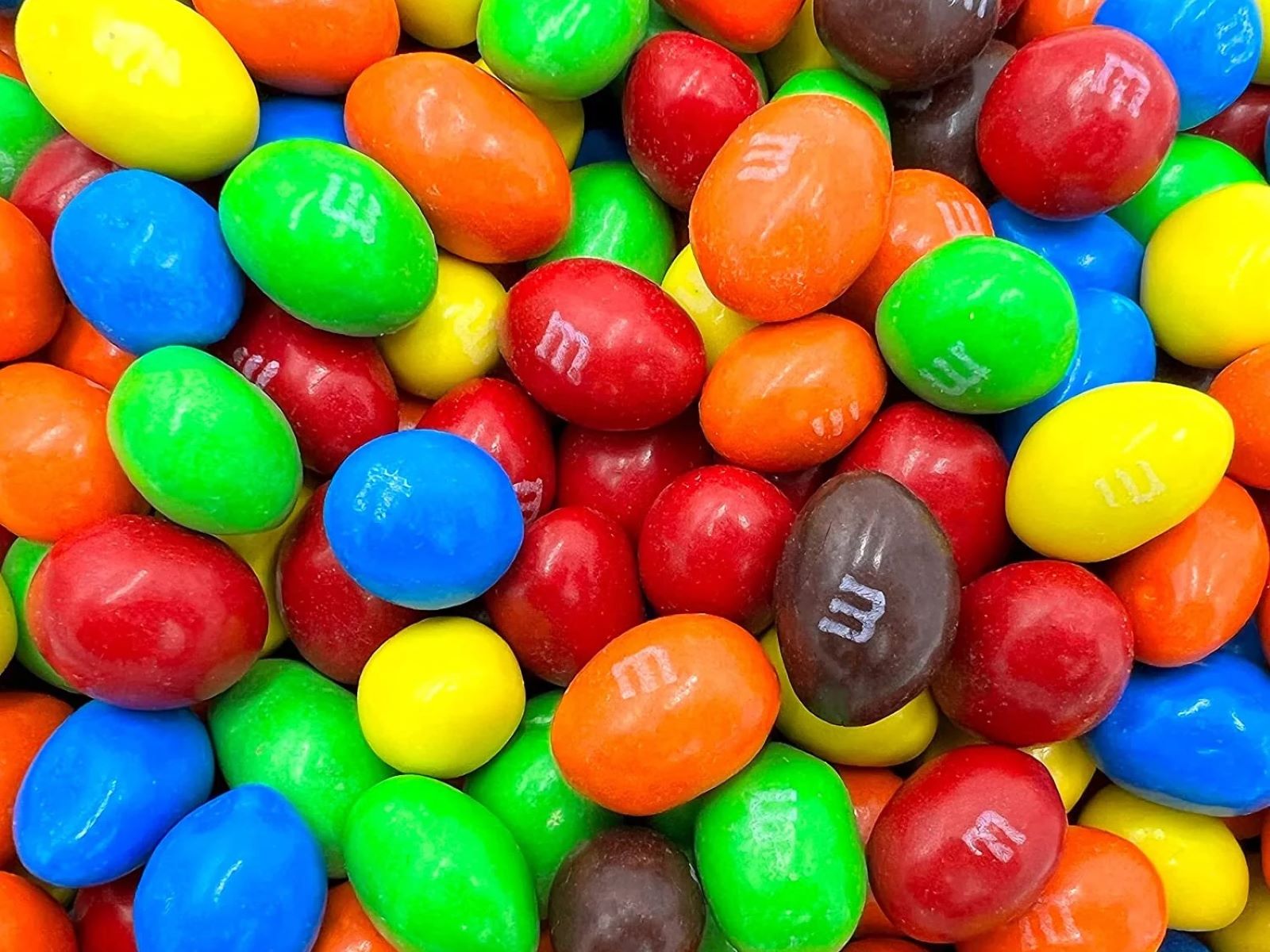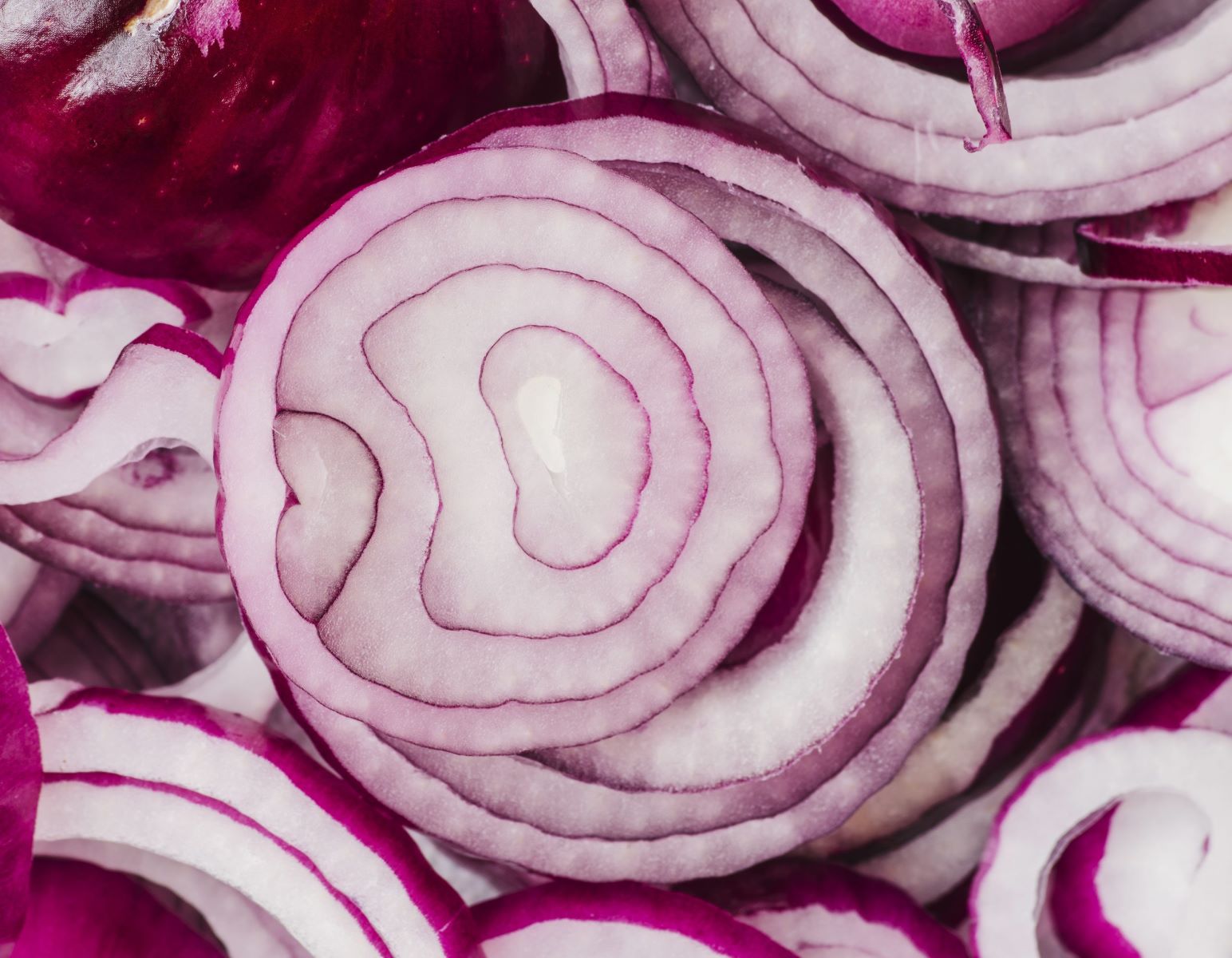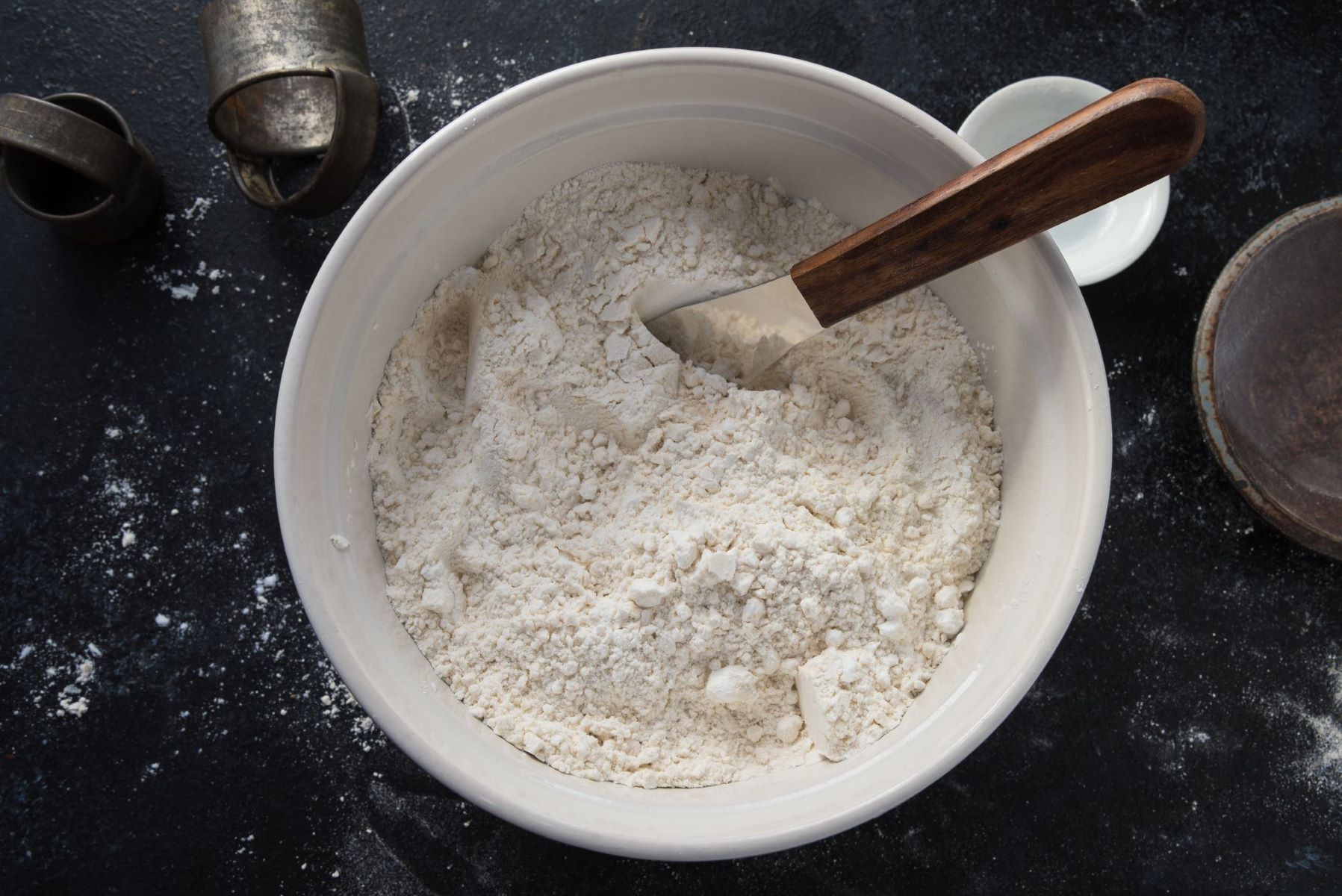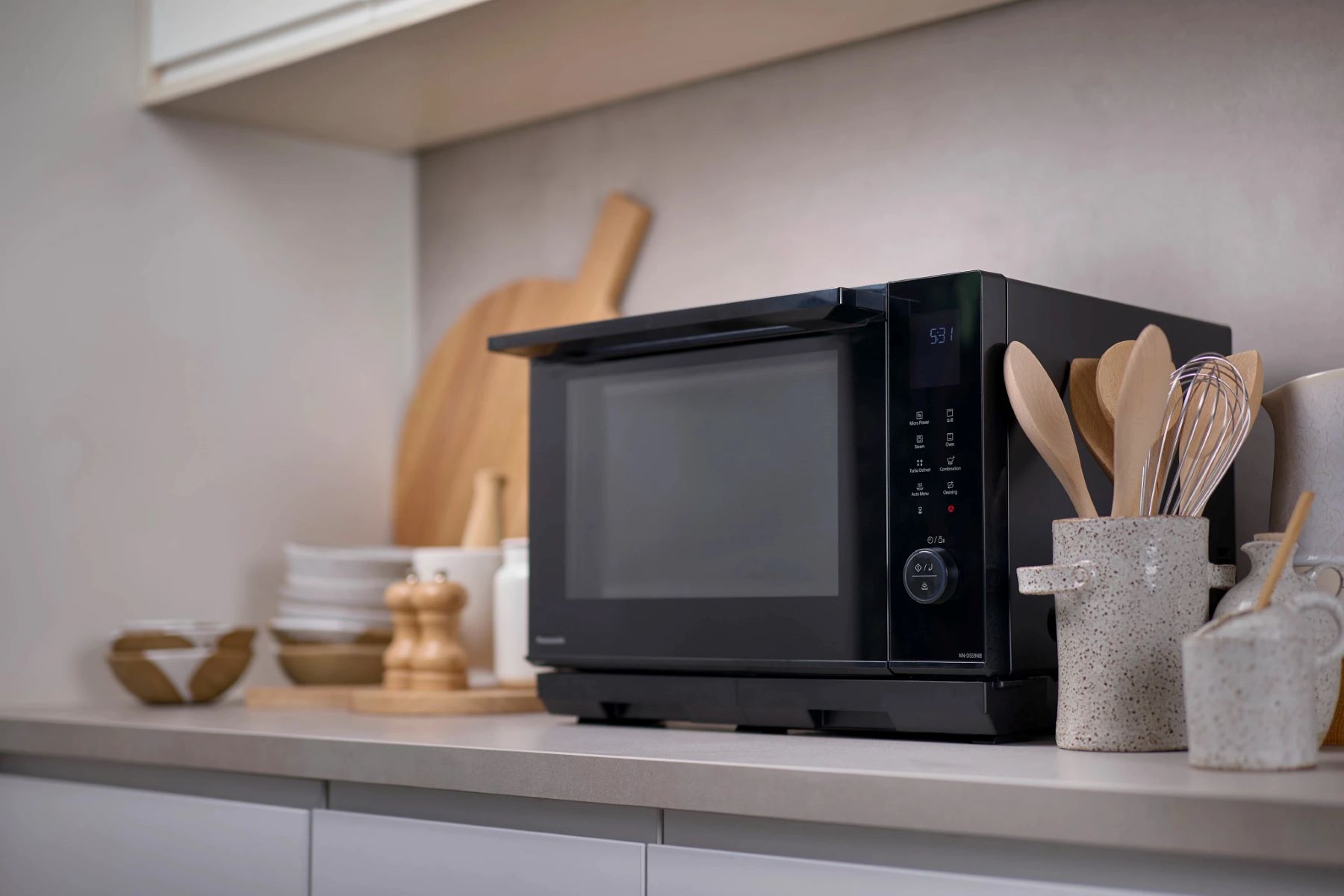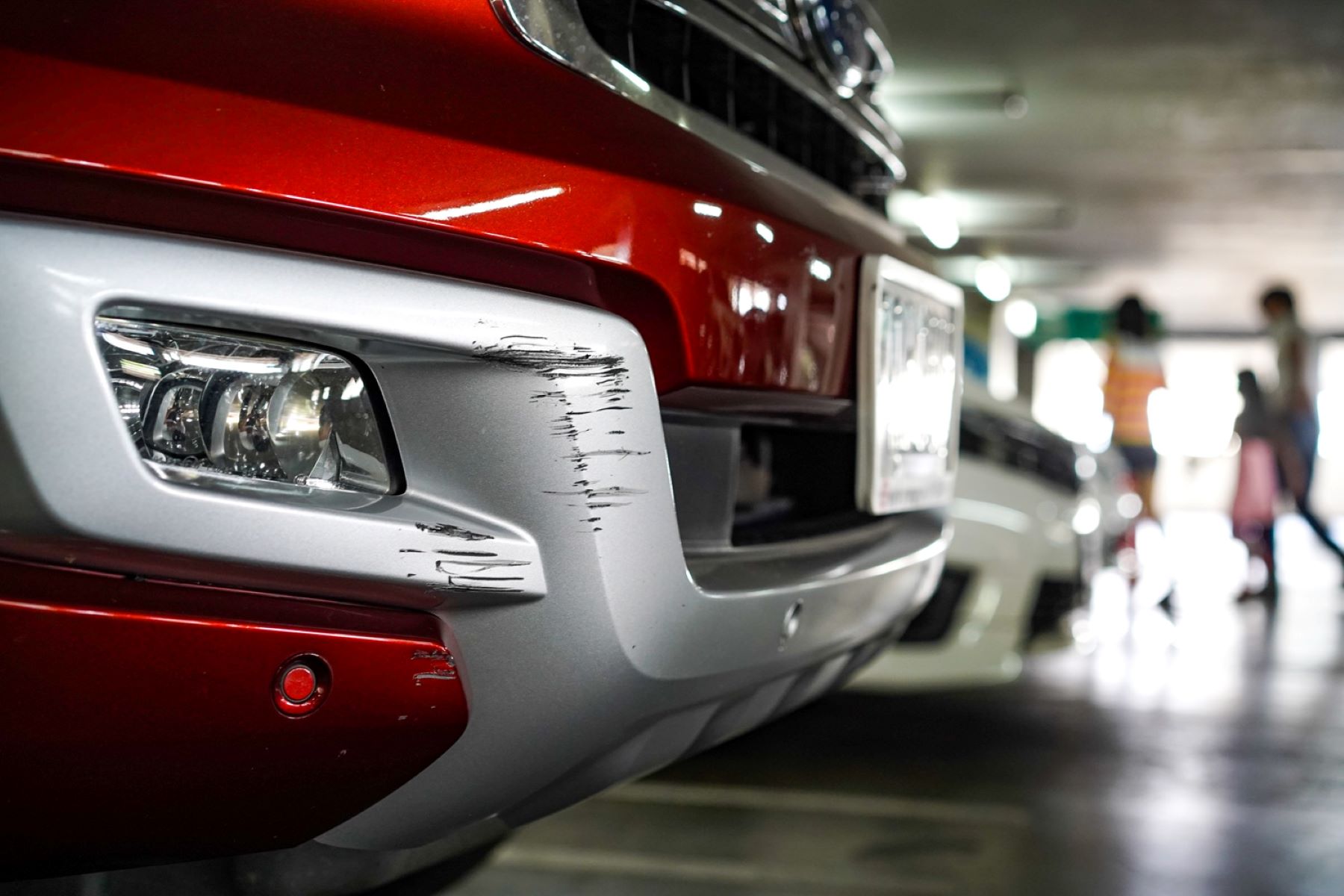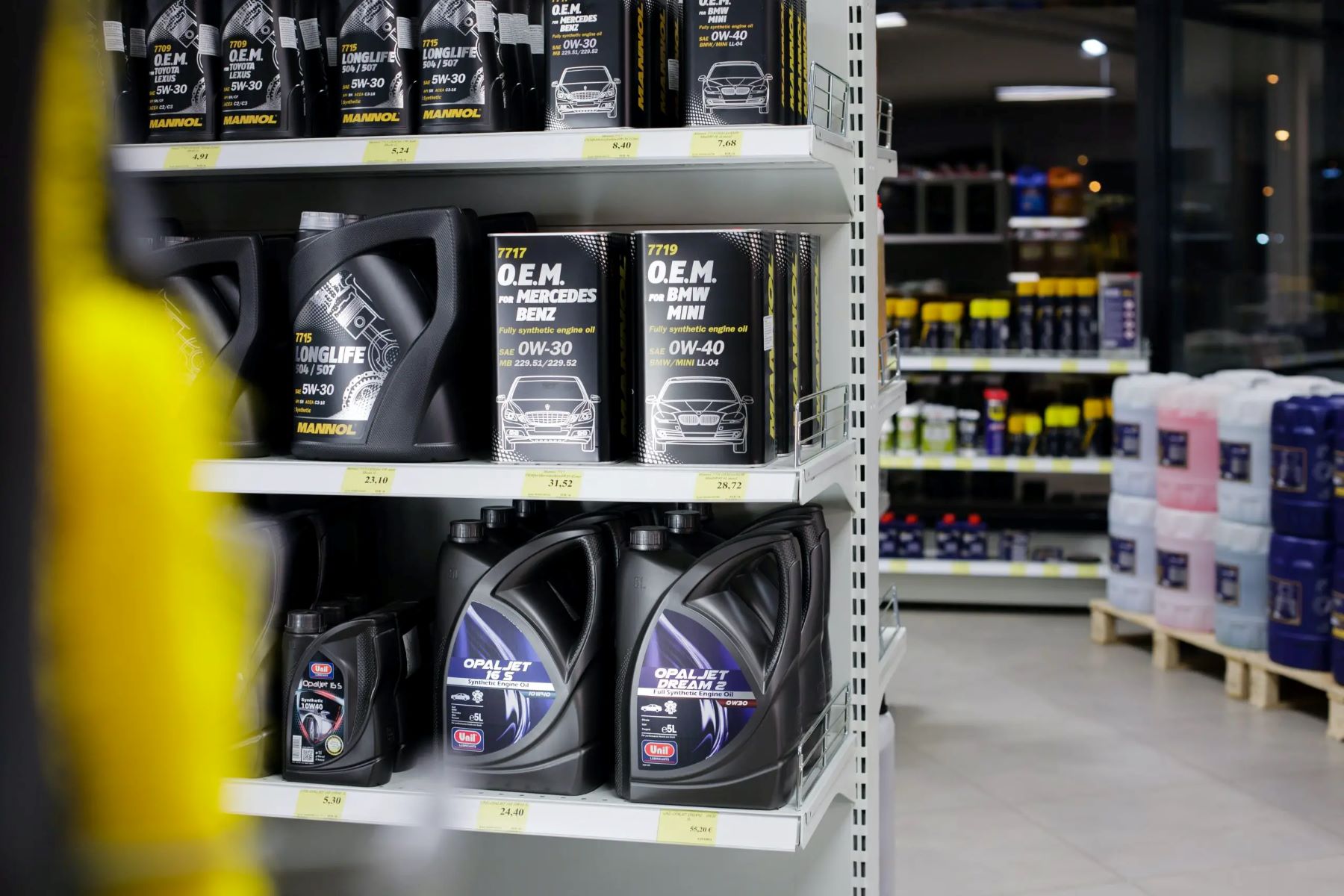Home>Health and Wellness>You Won’t Believe What Happened When I Mixed Bleach And Another Cleaning Agent!
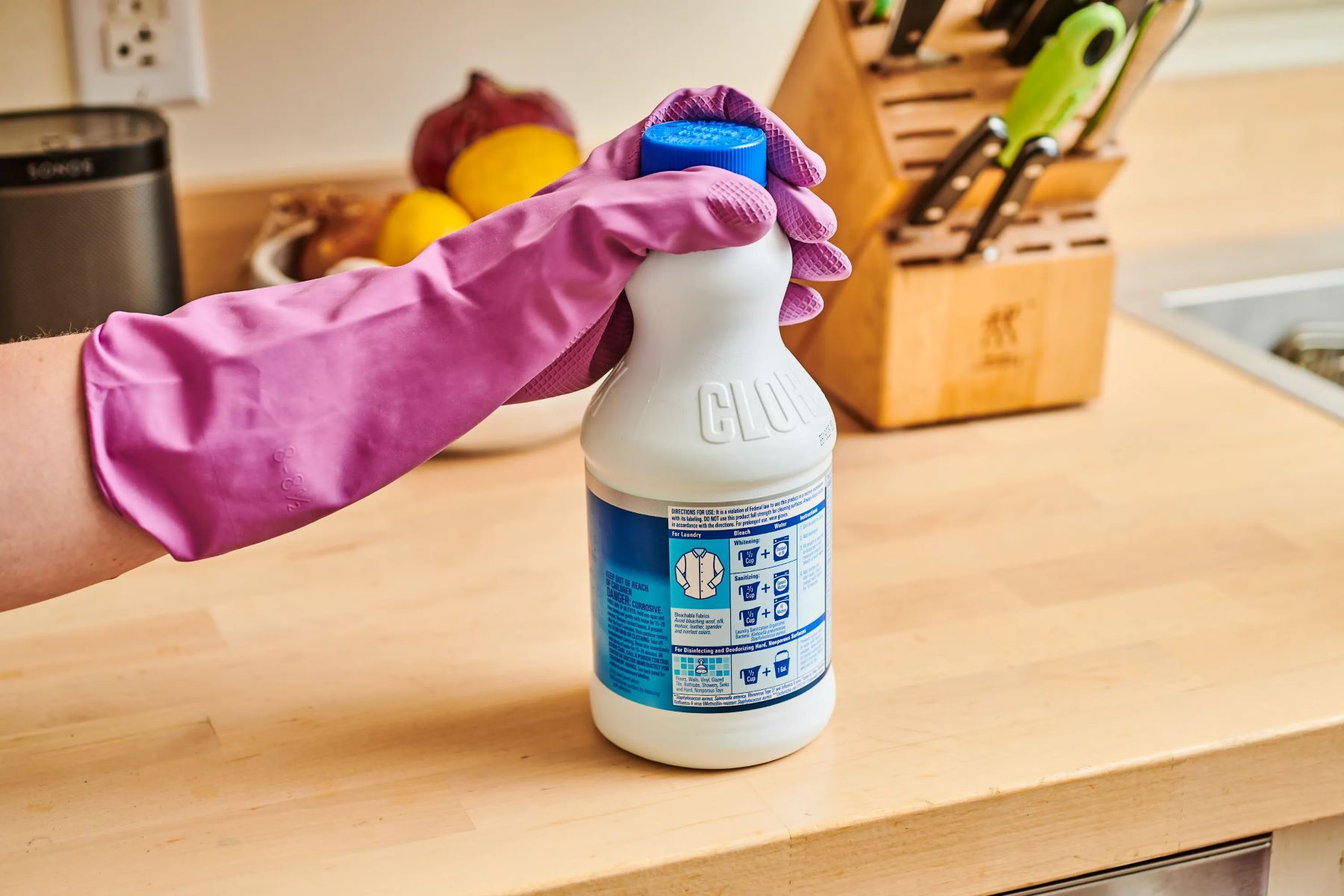

Health and Wellness
You Won’t Believe What Happened When I Mixed Bleach And Another Cleaning Agent!
Published: February 9, 2024
Discover the surprising effects of combining bleach with other cleaning products. Learn about the potential health and wellness risks associated with this dangerous chemical reaction.
(Many of the links in this article redirect to a specific reviewed product. Your purchase of these products through affiliate links helps to generate commission for Regretless.com, at no extra cost. Learn more)
Table of Contents
Introduction
Mixing household cleaning agents is a common practice, often done with the intention of enhancing the cleaning power of the products. However, there is one crucial combination that should never be attempted: mixing bleach with other cleaning agents. The potential chemical reactions that can occur from this mixture pose significant health risks and can lead to hazardous outcomes. In this article, we will delve into the dangers of combining bleach with other cleaning agents, explore the chemical reactions that take place, and discuss the precautions and safety measures that should be taken to avoid potentially harmful consequences. Additionally, I will share my personal experience with mixing bleach and another cleaning agent, shedding light on the importance of understanding the potential risks associated with this type of chemical interaction. It is crucial to recognize the severity of the risks involved and take the necessary steps to ensure the safety and well-being of ourselves and those around us.
The Dangers of Mixing Bleach with Other Cleaning Agents
When it comes to household cleaning, bleach is often the go-to product for its powerful disinfectant and whitening properties. However, the dangers arise when bleach is combined with other cleaning agents. This seemingly harmless act can lead to a potentially lethal chemical reaction.
One of the most common misconceptions is the belief that mixing bleach with other cleaning agents will result in a more potent cleaning solution. In reality, this combination can produce toxic fumes and harmful by-products that pose serious health risks. The chemical reaction that occurs when bleach is mixed with ammonia, acids, or certain other common household cleaners can release chlorine gas, chloramine vapors, or other dangerous compounds into the air. Exposure to these substances can lead to respiratory issues, skin irritation, and even severe internal damage if inhaled or ingested.
Furthermore, the potential dangers of mixing bleach with other cleaning agents extend beyond immediate health risks. The resulting chemical reactions can also lead to environmental hazards. For instance, when chlorine gas is released into the air, it can contribute to air pollution and have adverse effects on the ozone layer. Additionally, the by-products of these reactions can contaminate water sources if improperly disposed of, further impacting the environment and potentially harming aquatic life.
It is crucial to understand that the risks associated with mixing bleach with other cleaning agents are not to be taken lightly. The consequences of such actions can be severe and have far-reaching implications for both personal health and the environment. Therefore, it is imperative to exercise caution and adhere to safety guidelines when using household cleaning products to prevent the occurrence of hazardous chemical reactions.
By raising awareness about the dangers of combining bleach with other cleaning agents, we can empower individuals to make informed decisions and prioritize safety when handling household cleaning products. In the subsequent sections, we will delve deeper into the chemical reactions and health risks associated with these combinations, as well as explore the precautions and safety measures that can mitigate the potential dangers.
My Experience with Mixing Bleach and Another Cleaning Agent
I vividly remember the day when I inadvertently mixed bleach with another cleaning agent, inadvertently creating a potentially hazardous situation. It was a typical morning, and I was in the midst of cleaning my bathroom. Without much thought, I reached for a bottle of bleach-based cleaner to tackle the stubborn stains in the shower. As I proceeded with the cleaning, I noticed that the stains were particularly resistant, prompting me to seek a more potent solution. In a moment of impulse, I reached for a different cleaning agent, unaware of the potential risks associated with combining the two.
As I applied the second cleaning agent, a pungent odor quickly filled the air, and I immediately sensed that something was amiss. Alarmed by the noxious fumes, I quickly opened the windows and stepped outside to catch my breath. It was at this moment that I realized the gravity of my mistake. The combination of bleach and the other cleaning agent had resulted in the release of toxic fumes, posing a serious health risk.
Fortunately, I was able to recognize the danger and take swift action to ventilate the area and remove myself from the vicinity of the harmful fumes. However, the experience served as a stark reminder of the potential consequences of mixing cleaning agents without proper knowledge of their chemical interactions. It was a sobering realization of how easily a routine cleaning task could escalate into a hazardous situation.
This personal encounter with the dangers of mixing bleach with another cleaning agent underscored the critical importance of being well-informed about the potential risks associated with household cleaning products. It also highlighted the need for greater awareness and education on the safe use of cleaning agents to prevent similar incidents from occurring in the future.
This experience served as a catalyst for me to delve deeper into understanding the chemical reactions that take place when bleach is combined with other cleaning agents, as well as the measures that can be taken to mitigate the associated risks. By sharing my firsthand experience, I hope to emphasize the significance of exercising caution and adhering to safety guidelines when using household cleaning products, ultimately contributing to a safer and more informed approach to cleaning practices.
In the subsequent sections, we will explore the chemical reactions and health risks stemming from the combination of bleach with other cleaning agents, as well as discuss the precautions and safety measures that should be implemented to prevent potential hazards.
The Chemical Reactions and Health Risks
When bleach is mixed with other cleaning agents, the resulting chemical reactions can pose significant health risks and potential dangers. Understanding the specific reactions that take place is crucial in comprehending the associated hazards.
The combination of bleach with ammonia, commonly found in glass cleaners and other household products, results in the release of chloramine vapors. These vapors can cause respiratory distress, chest pain, and irritation to the mucous membranes. Prolonged exposure to chloramine can lead to severe respiratory issues and may exacerbate pre-existing conditions such as asthma.
Similarly, when bleach comes into contact with acids, such as vinegar or toilet bowl cleaners containing hydrochloric acid, chlorine gas is produced. Inhalation of chlorine gas can cause coughing, chest tightness, and even pulmonary edema in severe cases. The effects of chlorine gas exposure can be immediate and debilitating, necessitating prompt medical attention.
Moreover, the chemical reaction between bleach and certain organic compounds found in other cleaning agents can generate toxic by-products known as chlorinated hydrocarbons. These compounds are harmful to both human health and the environment, contributing to air and water pollution and posing long-term health risks.
In addition to the immediate health risks posed by these chemical reactions, the potential long-term effects should not be overlooked. Chronic exposure to the toxic fumes and by-products resulting from the mixture of bleach with other cleaning agents can lead to persistent respiratory issues, skin sensitization, and other adverse health outcomes.
It is essential to recognize that the health risks associated with mixing bleach with other cleaning agents extend beyond the immediate symptoms of exposure. The potential long-term effects on respiratory health and overall well-being underscore the critical importance of avoiding such chemical interactions.
By gaining a deeper understanding of the specific chemical reactions that occur when bleach is combined with other cleaning agents, individuals can make informed decisions and prioritize their safety and that of their loved ones. The next section will focus on the precautions and safety measures that should be followed to mitigate the potential dangers and ensure responsible handling of household cleaning products.
Precautions and Safety Measures
When it comes to handling household cleaning products, particularly bleach and other cleaning agents, it is imperative to prioritize safety and take proactive measures to prevent hazardous chemical interactions. By adhering to the following precautions and safety measures, individuals can mitigate the potential risks associated with mixing bleach with other cleaning agents:
-
Read and Follow Product Labels: Before using any cleaning product, carefully read the labels and instructions for proper usage. Pay close attention to any warnings or cautions regarding the compatibility of the product with other cleaners, including bleach. Following the recommended guidelines can help prevent inadvertent chemical reactions.
-
Avoid Mixing Cleaning Products: Under no circumstances should bleach be mixed with other cleaning agents, including ammonia, acids, or any other household cleaners. It is essential to use each product as intended and refrain from combining them to prevent the release of toxic fumes or hazardous by-products.
-
Ventilate the Area: When using bleach or other strong cleaning agents, ensure adequate ventilation in the area. Open windows and doors to allow fresh air to circulate, minimizing the concentration of fumes and reducing the risk of inhalation.
-
Use Personal Protective Equipment: When handling bleach or other cleaning agents, consider wearing protective gear such as gloves and a mask to minimize direct contact with the products and reduce the inhalation of fumes.
-
Store Products Separately: Store bleach and other cleaning agents in separate, well-ventilated areas, away from direct sunlight and sources of heat. Keep them out of reach of children and pets, and ensure that the containers are tightly sealed to prevent accidental spills or exposure.
-
Dispose of Unused Products Properly: When discarding leftover cleaning products, follow the recommended disposal guidelines provided on the product labels. Avoid pouring chemicals down the drain or mixing them with other substances, as this can lead to environmental contamination.
-
Seek Medical Attention if Exposed: In the event of accidental exposure to toxic fumes or skin contact with mixed cleaning agents, seek medical attention immediately. Be prepared to provide information about the products involved and the nature of the exposure to receive appropriate treatment.
By integrating these precautions and safety measures into household cleaning practices, individuals can minimize the potential dangers associated with cleaning products and create a safer environment for themselves and their families. Prioritizing safety and responsible handling of cleaning agents is essential in preventing harmful chemical interactions and promoting overall well-being.
Conclusion
In conclusion, the dangers of mixing bleach with other cleaning agents cannot be overstated. The potential chemical reactions that occur from such combinations pose significant health risks and can lead to hazardous outcomes. My personal experience with inadvertently mixing bleach with another cleaning agent served as a stark reminder of the ease with which a routine cleaning task can escalate into a potentially dangerous situation. This firsthand encounter underscored the critical importance of being well-informed about the potential risks associated with household cleaning products and the need for greater awareness and education on the safe use of cleaning agents.
Understanding the specific chemical reactions that take place when bleach is combined with other cleaning agents is crucial in comprehending the associated hazards. The release of toxic fumes, such as chloramine vapors and chlorine gas, can lead to respiratory distress, skin irritation, and even severe internal damage if inhaled or ingested. Additionally, the generation of toxic by-products poses long-term health risks and environmental hazards, emphasizing the far-reaching implications of such chemical interactions.
To mitigate the potential dangers, it is imperative to adhere to precautions and safety measures when handling household cleaning products. By reading and following product labels, avoiding the mixing of cleaning products, ventilating the area, using personal protective equipment, storing products separately, disposing of unused products properly, and seeking medical attention if exposed, individuals can minimize the risks associated with cleaning agents and create a safer environment for themselves and their families.
By raising awareness about the dangers of combining bleach with other cleaning agents, we can empower individuals to make informed decisions and prioritize safety when handling household cleaning products. It is crucial to recognize the severity of the risks involved and take the necessary steps to ensure the safety and well-being of ourselves and those around us. By integrating precautions and safety measures into household cleaning practices, individuals can prevent harmful chemical interactions and promote overall well-being.
In essence, the message is clear: exercise caution, prioritize safety, and be informed. By doing so, we can safeguard our health, protect the environment, and contribute to a safer and more responsible approach to cleaning practices.

